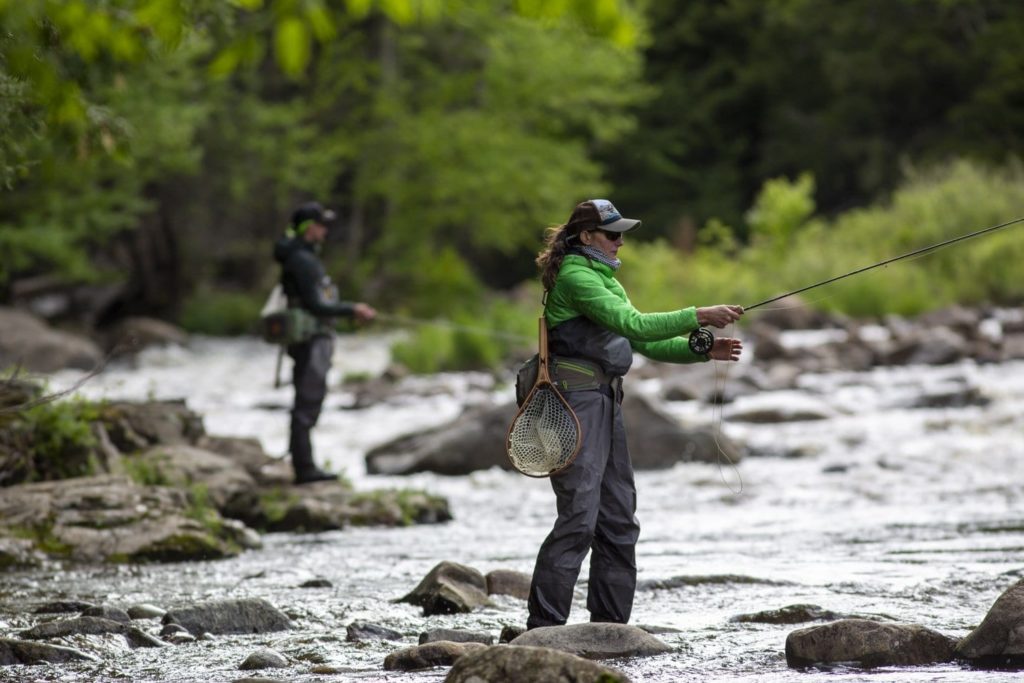We’d found an unnamed blue spot high in the Cascades on an old map. The closest trail in was about a mile from the lake, from there it was a bushwhack. Google Earth had confirmed the location so we set out to discover the lake and see if it held fish.
Hikes like this aren’t easy and you have to be prepared. They’re perfect for July when the weather’s favorable and the risk of hypothermia is minimal. It’s boom or bust…there’s rarely any middle ground.
The hike in was brutal. It was a little more than 3 miles in by trail and another excruciating mile overland as we pulled ourselves over downed trees and trudged through undergrowth that slowed us down to a ½ mile an hour pace.
The lake, moderate in size and with some depth, was ringed with thick brush that made finding a camp spot difficult. After another hour of looking we found a spot to drop our gear and a clearing along the bank perfect for casting.
The forest around the lake shaded it beautifully. As we rigged our rods an occasional dimple was our assurance that trout were in the lake. Riggings here are simple, a small black snap swivel and a 1/6 ounce black Roostertail spinner matched to a 6’6” ultralight rod and spinning reel loaded with 4 pound test line and that’s it.
At the end of the first cast just moments after the Roostertail’s silver blade started spinning a trout smacked the spinner and it was fish on! A foot long cutthroat trout thrashed against the pressure of the rod — a perfect dinner fish. We caught a couple more and then made camp.
All of our fishing after that was catch-and-release. We had what we needed and there’d be plenty for the next bushwacker that found their way in.
There are literally hundreds of these opportunities peppered throughout the Cascades and hundreds more that are accessed completely by trail. If you’re looking to “get away from it all” these are places to explore.
Trout are by far the most popular fish or game species in the northwest.
More than 70% of the fishing effort in the region is focused squarely on trout.
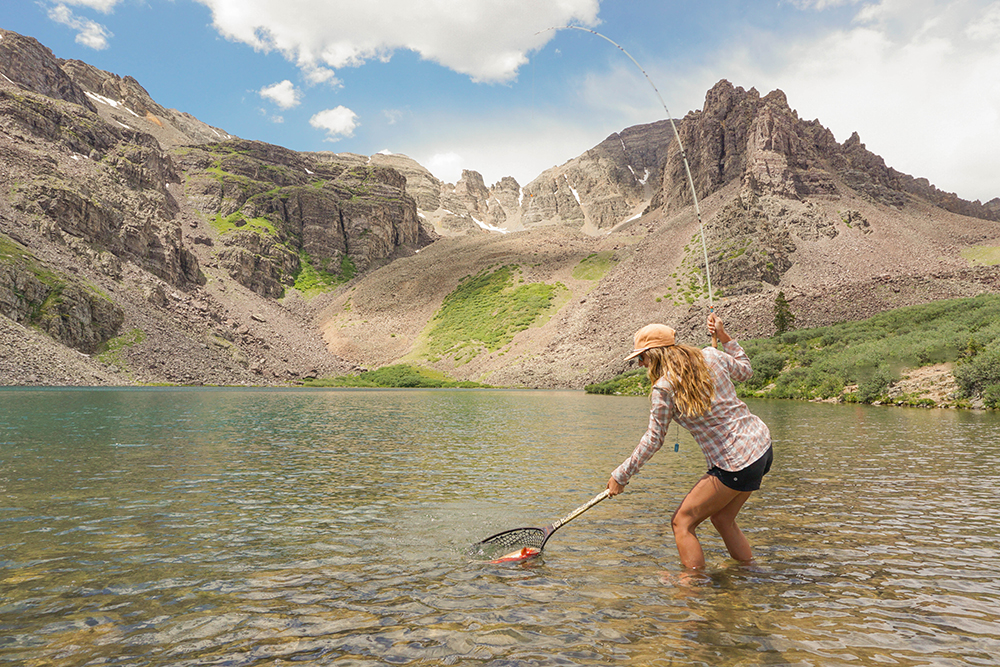
Leif Steffny, the host of YouTube’s NW Fishing Secrets, has confirmed this runaway popularity as his audience numbers continue to soar. His “channel” is dedicated almost entirely to the pursuit of trout in Washington and Oregon.
There is so much trout fishing opportunity across the northwest that you could fish a different body of water every day for 5 years and not fish every place that has trout.
If you’re trying to calculate what that number is, it’s more than 1,825 bodies of water to fish.
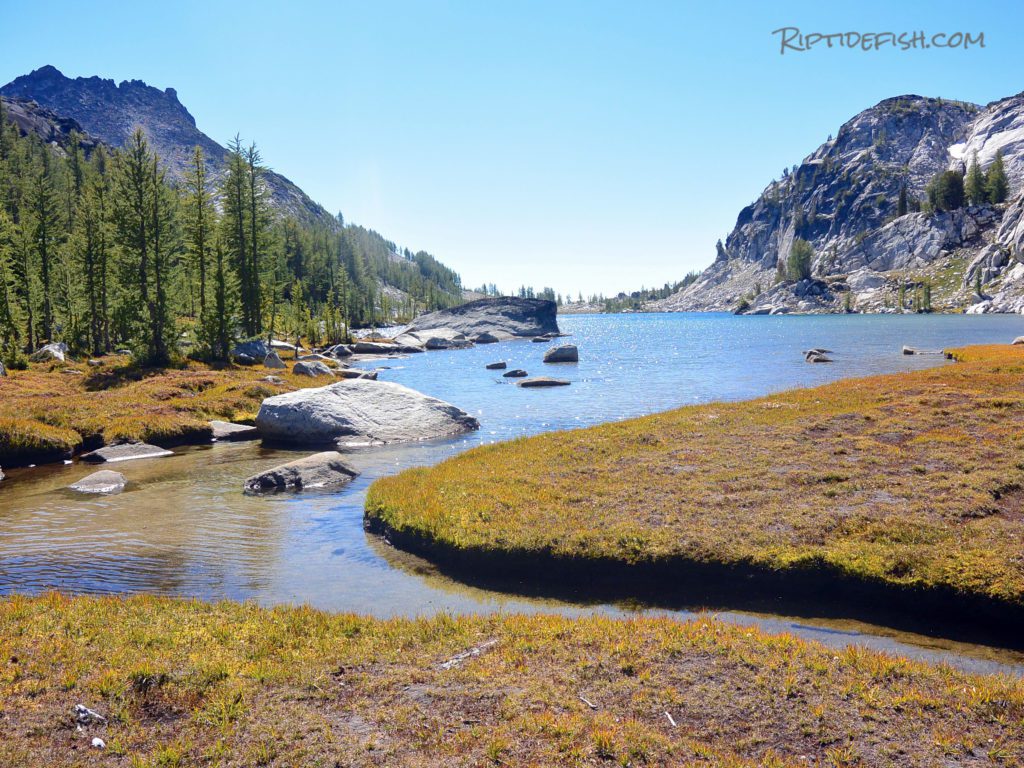
The diversity is staggering. From the high lakes, some teeming with trout, to coastal estuary searun cutthroat trout that return in the fall, native redside trout in a number of northwest rivers, Lahontan cutthroat trout that favor high alkaline waters on the eastside of the region, reservoir and lowland trout fisheries, resident cutthroat in Puget Sound and countless stream fishing opportunities.
Brook trout, rainbow trout, brown trout, triploid trout, Lahontan cutthroat, coastal cutthroat, golden trout, tiger trout and other subspecies of trout all call the northwest home. Bull trout and mackinaw, like brook trout, aren’t actually true trout but we won’t mince words…they’re all close cousins.
There are hundreds of year round opportunities, many perfect for a day trip or even a few hours. And unlike other northwest fishing opportunities, trout can be caught with equal effectiveness from the bank or a boat.
It’s this incredible access, thousands of viable opportunities, 12 month availability, affordability, ease-of-catching and fun that make these wonderful fish so popular.
The ideal rig is a 6’6” light or medium light spinning rod with a small, trout-sized spinning reel loaded with 120 yards (or so) of 4 pound test line. There are lots of suitable rod, reel and line combos for less than $50.
Bait’s always a good choice. It can be as easy as a nightcrawler threaded onto a size 8 baitholder hook with a split shot pinched onto your line a foot above your hook and another foot to 16” above that is a golf ball-sized bobber attached to your line. Cast it out, let it sit and float around until a trout grabs the worm, your bobber goes down and you set the hook.
Another good bet is one of the popular dough baits like Berkley PowerBait or Pautzke’s Fire Bait. This rig’s a little more involved. A size 8 or 10 baitholder hook tied to 16” to 20” 2 lb. leader, then a small barrel swivel followed by a ¼ ounce egg sinker (the line slides through a hole in the middle of this sinker). This is a plunking rig, which means you cast it out and let it sit on the bottom. The dough bait floats up from the bottom and into the trout’s feeding zone as they prowl near the shoreline looking for food. When they take the bait it slides through the egg sinker. The angler drops the rod allowing the trout to swim with the bait until everything comes tight and then sets the hook. Be sure when you reel this rig in to do it quickly to prevent snagging on the bottom.
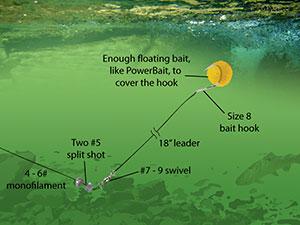
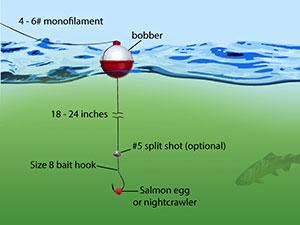
The easiest rigging is with lures. All you need to do is tie a small snap swivel onto your line and attach a small spinner or spoon to it and then cast and retrieve it.
Like most things there’s more to it than that like allowing the lure to sink and working it at different depths. Reeling it back at an appropriate speed. Selecting the right size and color of spinner or spoon, etc., etc., etc.
Thankfully platforms like YouTube have made this process far easier and faster to learn. A simple query like, “How to catch trout”, will yield all kinds of useful results. Our friends at Addicted Fishing have hosted several of these videos and they’re loaded with great info.
As we push into summer and then fall, you’ll find trout are the perfect excuse to go camping and getaway to some northwest lake or stream. From backpack tents or tarps to full-on family camps, it’s your choice on what suits your outdoor interests best. Keep it simple so you have time to relax and enjoy the outdoors.
It’s always a good idea to have a plan B…just in case. That is, what will you do if plan A is a bust?
I’d made a trip to the Donner and Blitzen River in Southeast Oregon. An 8 hour drive from the Portland-area, the river was running high and muddy when we arrived. Fishing the Donner and Blitzen for the next week was not an option. Thankfully, we’d packed our trusted “Guide To Fishing In Oregon” and there is where we found Krumbo Reservoir. Krumbo saved our trip, it was loaded with beautiful trout.
I’d learned my lesson, go prepared to switch gears if you need to and try somewhere else. You won’t have to look long or far to find there are plenty of options anywhere you look in the Northwest.
Also, read the regulations. Know if the water’s you’ll be fishing are open. What the are limits of trout you can keep and if there are any restrictions, like no-bait, lure-only fishing or length restrictions.
In the northwest, trout are a journey. An endless journey. After you’ve mastered the hundreds of put-and-take lakes that are stocked with hundreds of thousands of catchable trout you may want to aim higher and search for more elusive, difficult-to-catch and bigger fish.
September and October on the Oregon and Washington Coast play host to annual returns of searun cutthroat trout. These are anadromous fish that hatched out in some stream, out-migrated to the ocean where they feed close to their natal stream and return in August and September to spawn. They routinely run from 16” to 20” and can be caught in the lower-end of these streams on spinners and flies.
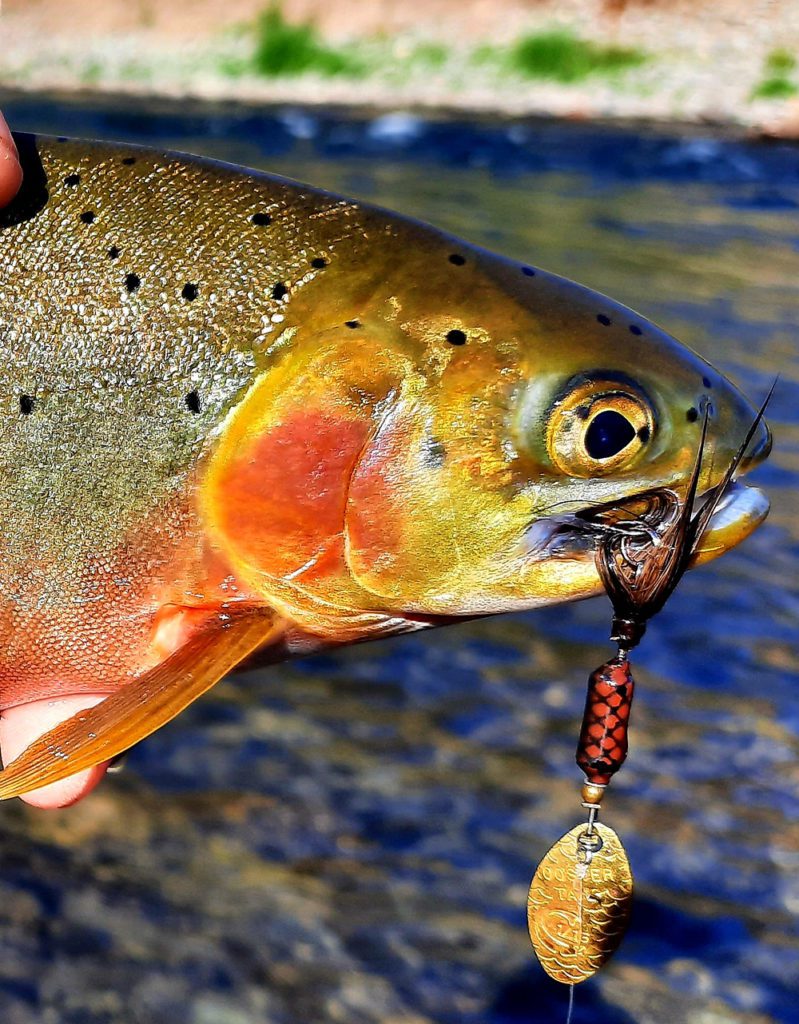
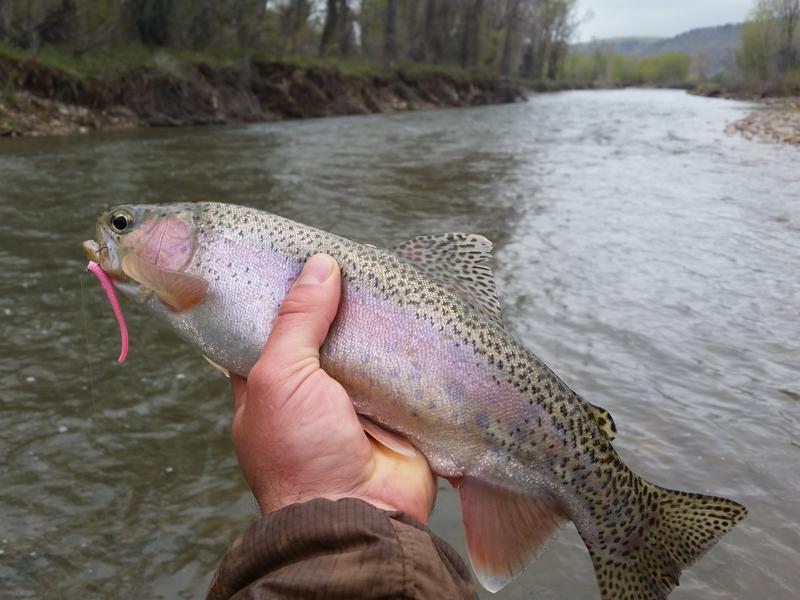
There are plenty of fisheries across the region that produce trophy-sized fish. Klamath Lake in Southwestern Oregon is known for its huge rainbows. Paulina Lake in Central Oregon has a reputation for big brown trout. And Rufus Woods Lake, a Columbia River impoundment, is home to giant triploid trout. There’s more, a lot more, but you get the picture.
Maybe you’re looking for something more storied. The Deschutes or Yakima Rivers fit that bill. Both support strong populations of native redside rainbow trout.
Some years urban fisheries like Lake Washington pump out impressive catches of trout. In Oregon it’s tough to miss on Hagg Lake outside of Portland or Detroit Reservoir, east of Salem.
The yellow-brick-road of trout fishing in the northwest has to be Central Oregon’s Century Drive Loop where one big-named lake after the next dots this road’s path. It’s trout Valhalla with Crane Prairie, Cultus, Lava and Davis Lakes among many others. It’s also the headwaters of the Deschutes and remarkable fly fishing opportunity.
Even though trout don’t get the ink or coverage they should, you get the point. They’re everywhere, all the time, in huge numbers and settings that range from coastal estuaries to high desert streams and lakes.
Do yourself a favor this year and find that blue dot on a map or Google Earth, or rediscover that lake or stream you fished years ago and connect with the Northwest’s signature species. Your success is almost guaranteed but even better than success is adventure, solitude and the chase. Enjoy!
